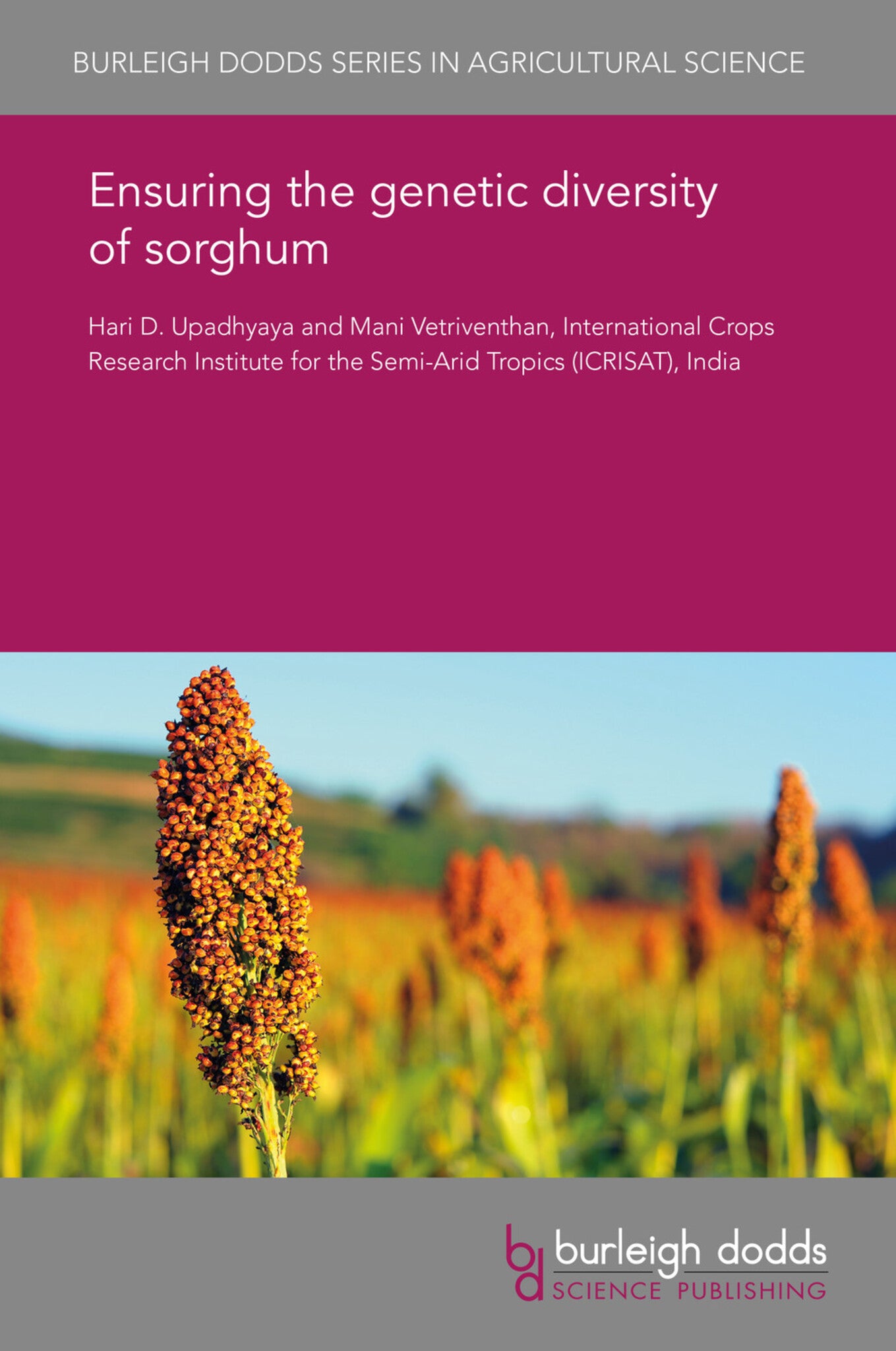We're sorry. An error has occurred
Please cancel or retry.
Ensuring the genetic diversity of sorghum

Some error occured while loading the Quick View. Please close the Quick View and try reloading the page.
Couldn't load pickup availability
- Format:
-
04 July 2018


TECHNOLOGY & ENGINEERING / Agriculture / Agronomy / Crop Science, Botany and plant sciences, TECHNOLOGY & ENGINEERING / Agriculture / Sustainable Agriculture, TECHNOLOGY & ENGINEERING / Agriculture / Agronomy / General, Sustainable agriculture, Agronomy and crop production

1 Introduction 2 Origin, domestication and taxonomy of sorghum 3 Sorghum germplasm conservation and diversity 4 Factors shaping sorghum diversity 5 Geographical distribution of sorghum germplasm 6 Germplasm gap analysis of sorghum 7 Ensuring diversity in sorghum 8 Future trends and conclusion 9 Where to look for further information 10 References



